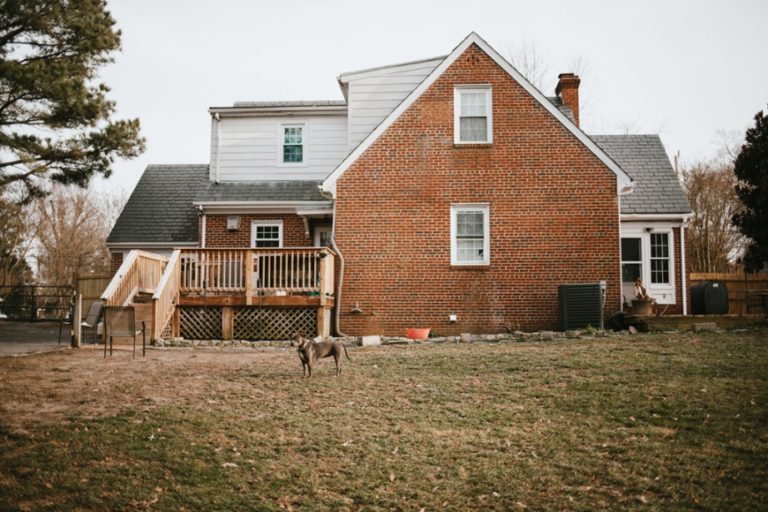As a homeowner, natural disasters can have a major impact on your investment.
Science shows that storms and wildfires strengthened in intensity in the last 40 years, and as the Texas Snowpocalypse of 2021 showed us, you never know what the weather will bring.
During an emergency, your primary objective is to keep yourself and your loved ones safe. Once the storm passes, however, you’ll need to assess the damage.
Here’s a walkthrough of how to inspect your home after a major storm:
Survey the exterior
Your home’s exterior is the first line of defense against the elements. It can take a real beating while bravely protecting everything inside. After a storm, Inspect your roof, siding, windows, doors, and foundation for visible damage and lingering debris. Fix problems ASAP to prevent additional damage inside your home.
Have a look at outdoor appliances and HVAC equipment
Heat pumps, central air systems, and mini-split systems often have outdoor equipment outside next to your home. While they’re designed to withstand normal weather, severe storms can take a toll on them. Check the condition of outdoor appliances, and HVAC equipment, along with vents, wires, and lines before turning them on again.
Did the electricity go out? Here’s what to do after you lose power.
Inspect your yard
Yard flooding, damaged trees, downed powerlines, and wind-blown debris are common after big storms. Before you clean up, make sure it’s safe. Call your utility company immediately about loose wires and let large puddles in your yard drain completely. Call a tree service for hanging branches or damaged trees that are still standing.
Check for a gas leak
As you inspect your home’s interior, check for a gas leak. Storms can damage gas lines, creating fire and carbon monoxide risks. If you smell gas, hear the hissing of a leak, or feel dizzy or get a headache while inside, get out right away and call your utility company.
Look for water damage inside your home
Severe weather can create openings in your home’s exterior and freezing temperatures can lead to burst pipes. Check your attic, basement, ceilings, and walls for water stains or drips. If you find any, call a pro to help you locate and repair the leak.
Check for signs of electrical system damage
Electrical issues are common after big storms. Before powering everything back up, look for damage. Downed powerlines, exposed wires, burn marks near outlets or breakers, or the smell of burning plastic are signs to call for help. For powerlines, call your utility company. For anything inside your home, contact an electrician.
Test your electronics and appliances
Power surges, lightning strikes, and flooding during storms can damage electronics and appliances. Test your electronics and appliances to make sure they aren’t damaged. Avoid any outlets that have been exposed to water or have burn marks on them. Some larger appliances also have a reset button you’ll need to press to get them working again.
Document the damage
As you inspect your home, take detailed notes of any damage you find. Snap photographs from different angles, and take measurements and write down the specifics. When it’s time to contact your insurance company to begin repairs, you’ll be glad you took the time to carefully document the damage.
For more home tips, check out these posts:
- Drip drip drip … what to do about a leak in your ceiling.
- Feeling stuffy indoors? Here’s how to improve your home’s air quality.




